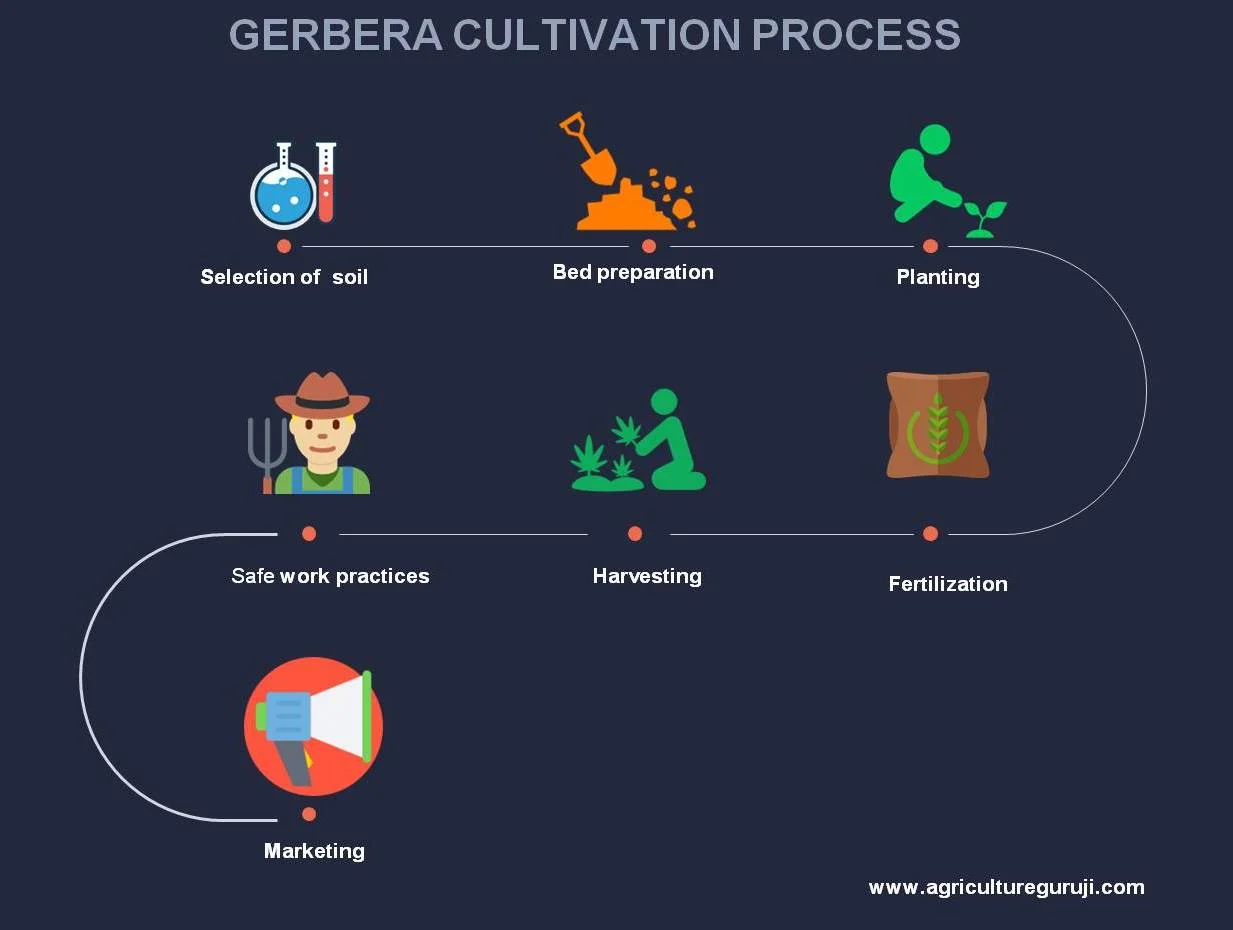
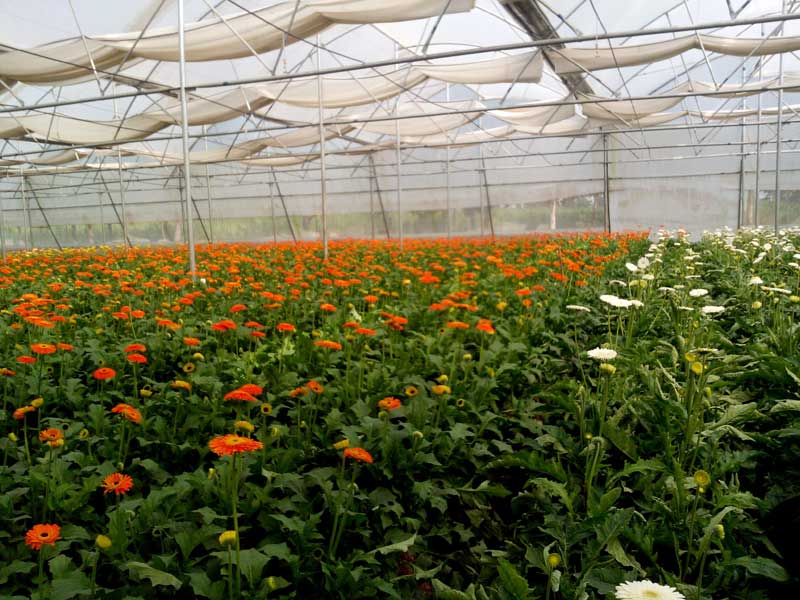
Gerbera is an important commercial cut flower crop. Gerbera flowers have a wide range of colors, including yellow, orange, cream-white, pink, brick red, red color, terracotta, and various other intermediate colors. Sometimes in double varieties, bicolor flowers are beautiful; Gerbera flower stalks are long, thin, and leafy.
Table of Contents
In Greenhouse Gerbera cultivated in Soil or Soilless media ( coco peat). Both have their own advantage & limitation.
The major Gerbera producing states in India are Maharashtra, Karnataka, Gujarat, Tamilnadu, West Bengal, and Himachal Pradesh.

Two primary factors are considered while selecting soil –
Therefore, as soon as you decide on the gerbera cultivation project site, you should analyze the soil as early as.
Soil sterilization is required before the gerbera plantation. Fungus Phytophthora is very dangerous for the Gerbera crop.
There are three main soil sterilization methods available,
Apply this solution evenly on soil beds. Use one liter of mixed solution ( Hydrogen peroxide (H2O2) with silver + water) For the one-meter area. After that, in 4 to 6 hours, the crop can be planted.
Kumaran Enterprise is the leading manufacturer of hydrogen peroxide with silver.
contact- 9845033066
www.oxipure.co.in

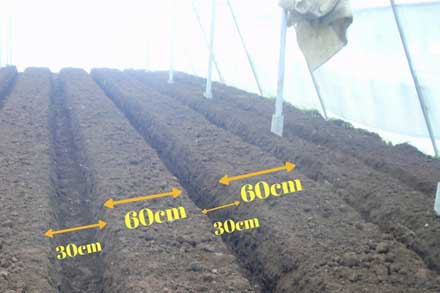
Gerbera plants required well-drained soil, so they grow on raised beds; The dimensions of the bed should be as follows:
If the soil is black cotton, for better drainage, gravel or murum (6 “layer) can be added, and the recommended quantity of soil along with biological composting (FYM) is added.
FYM is Increasing soil texture and giving nutrition gradually to the plant.
Neem cake (@ 1 kg / m) is added in Bed preparation because of the prevention of nematode disease.
All materials must be mixed well.
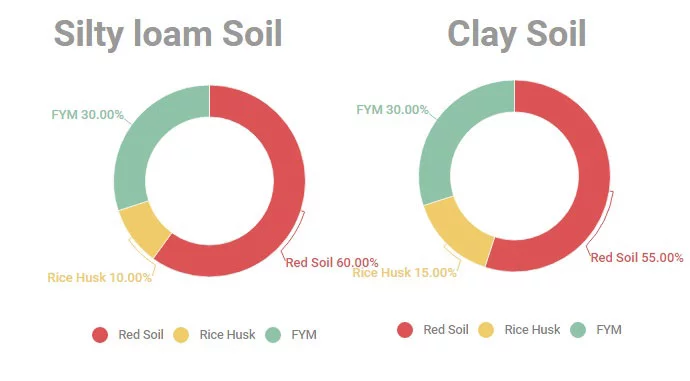
Basal fertilizer supplements (after bed preparation):
Mix the upper 6 “soil layer well before planting the plants.
| Chemical | Area | Quantity |
| Single Super Phosphate | 20m 2 | 5000gm |
| Biozyme Granules | 20m 2 | 400gm |
| Humiguard Granules | 20m 2 | 400gm |
| Magnesium Sulphate | 20m 2 | 1000gm |
Before Gerbera Planting Selecting good gerbera variety is important also colour combinations affect gerbera profit.
For marketing, purpose gerbera grower has the right colour combination in the box. We use this colour combination in our Greenhouse.
| RED | 20% |
| YELLOW | 20% |
| PINK | 20% |
| ORANGE | 20% |
| WHITE | 20% |
In India there is 5- 10 gerbera plant supplier nursery available, Expert gerbera grower selects only a particular variety to form each nursery.
Famous Gerbera variety: Dune, Pre Intenzz, Intense, Winter Queen, Inferno, Cacharelle, Jaffa, Dana Ellen, Sangria, Diana, Imperial, Thalsa, Sonsara, Balance, Paganini, Anneke, Nette, Rosaline, Rosetta, Gloria.
This is India’s top reliable gerbera plant provider company.
When transplanting Gerbera plants, the plant crown should be above 1 – 2 cm soil level without disturbing the root ball.
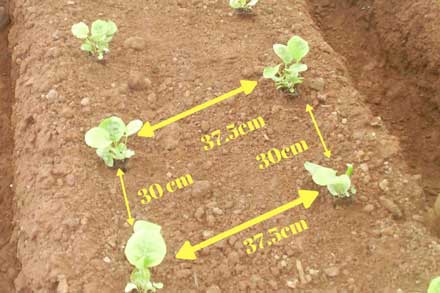
Two rows are planted on one bed, the distance between two rows is 37.5 cm and 30 centimeters between plants in one line, i.e.
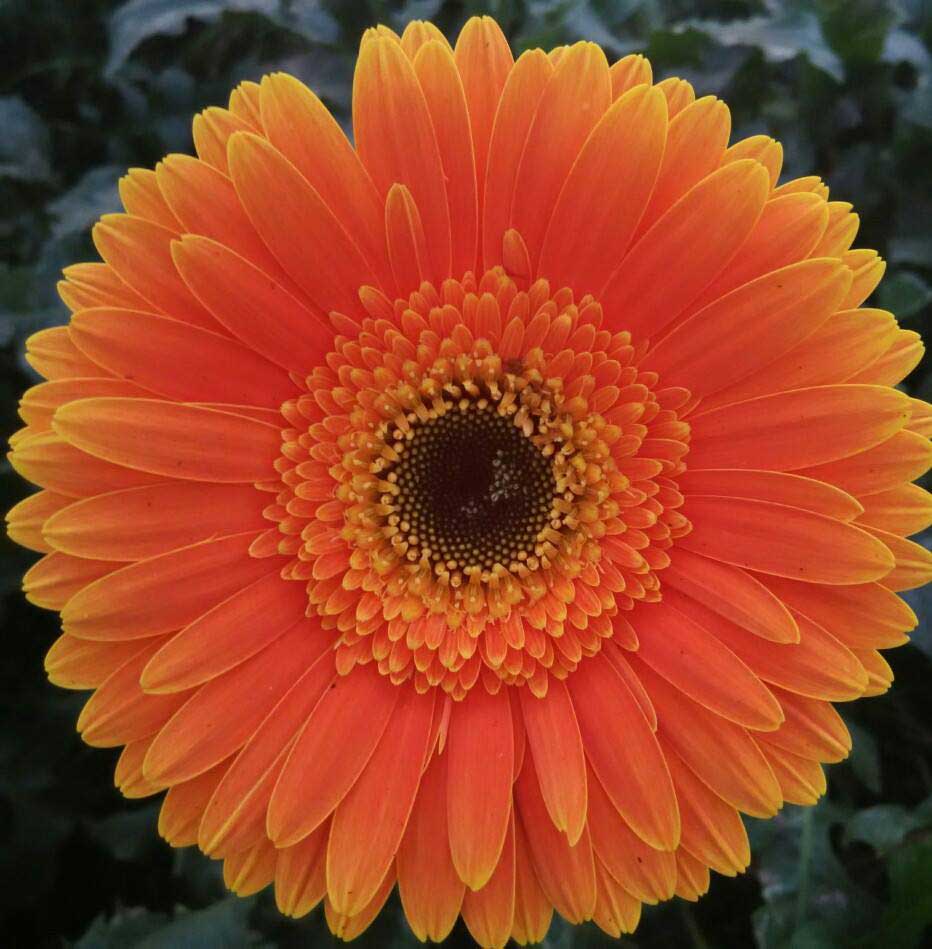
After 30-45 days of gerbera, the plantation bud initially started, but the initial bud is of inferior quality. Hence this bud should be removed from the base of the flower stalk. This disbudding helps in making the plant strong and healthy. This operation was carried out up to 80 -85 days.
The first flowers are harvested after 12-14 weeks ( 85- 90 days ) after planting. When the stomach 2 – 3 Varlo is fully developing, Flowers are a harvest; It will decide the flower vase’s life.
The good gerbera flower has a stalk length is 45-55cm, and the diameter of the flower is 10 – 12cm.
Morning or evening is the best time for gerbera flower harvesting.
Skilled laborers are required for harvesting. Harvested flowers are kept in a bucket containing clean water. Flowers are very delicate; hence they should be carefully handled
One Garbera plant produces approximately 45 flowers per year.
Gerbera crop is the perennial crop to get maximum profit from gerbera cultivation. We have performed certain a task to maintain gerbera crop healthily.
Control Pest and Disease in Greenhouse
To control pests & disease, spray pesticides and fungicide & Tonic at the specific time interval (every 2-3 days )
Weeds compete for gerbera plants, take the nutrients, and affect production. Hence, they should be removed. Due to daily irrigation, the gerbera bed surface becomes hard, and hence raking of soil is required. Raking increases soil aeration. Raking should be done twice a month.
The old, dry, infected leaves should be removed from the plant. It helps in keeping the disease and pest infestation below the economic threshold level.
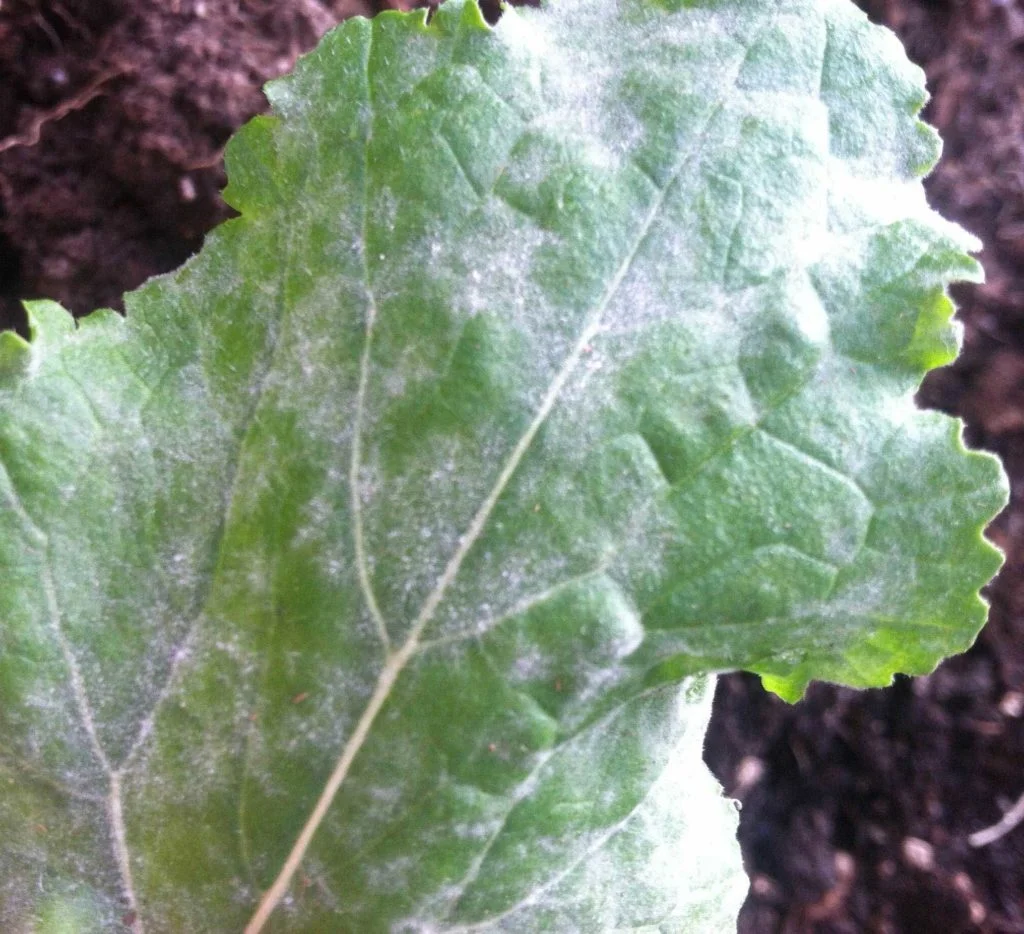
Powdery mildew affects the photosynthesis process of the plant. On the upper leaf surface, a white powder is observed. powdery mildew is seen mostly in the winter season
Crown rot:
The crown of the plant turns black. crown rot is due to Phytophthora cryptogea
Due to root rot, plants drop younger leaves then dead. Root rot is Due to Pythium.
Fungal Complex:
Gerbera Plant become week & show stunted growth.
If moisture remains on the leaf’s surface for a long time, then Black circular spots appear on the leaves.
Botrytis occurs when the relative humidity of the air is more than 92 %. In botrytis Gray spot seen on the flower
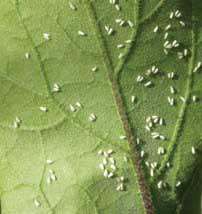
Whitefly is a serious pest in the greenhouse, and you must control whitefly at the initial stage; then, it is difficult to control afterward.
The hot and dry climate is suitable for whitefly growth; whiteflies feed on the lower part of the leaves; a lot of honeydew secrete leads to the development of black Sufi mold on the leaves.
To identify whitefly in the greenhouse/ polyhouse, use yellow sticky traps.
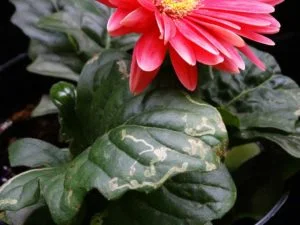
Leaf miner Causes White robes on the leaves. White spiral tunnel in leaves due to larvae, which remain in the soil
Suck the juice from the lower side of the leaves, which develops brown spots on the leaves’ lower surface, resulting in the drying of the leaves in the margins. Webbing on flower petals
Cyclamen mites cause on old leaves are curled up & Young leaves in deformed in shape. Flowers petal’s quality & size will decrease.
It creates a spherical hole in the abdominal stomach by eating. In the case of floral attacks, it causes white spots on petals.
Thrips cause straps on a flower petal. The flower size and shape are distorted. Silver-spotted patches on leaves
snails/slug come to eat during the night hours, so snails /slug symptoms are on the leaves and flowers petals through circular feeding holes.
Due to nematode, plant leaves become Yellow, so stunted growth of the plant. Dirty water in the rainy season, there are favorable conditions for the development and spread of nematodes
plant leaves become yellowish & distorted in size
aphids ejaculate some substance on which fungus develops; it is harmful to the gerbera plant.
Gerbera flower demand is high in the marriage season, mostly in January, February, May, August, November & December.
Hyderabad, Mumbai, Delhi, Ahmedabad, Kolkata, Pune, and Banglore are the major markets for the Gerbera flower.